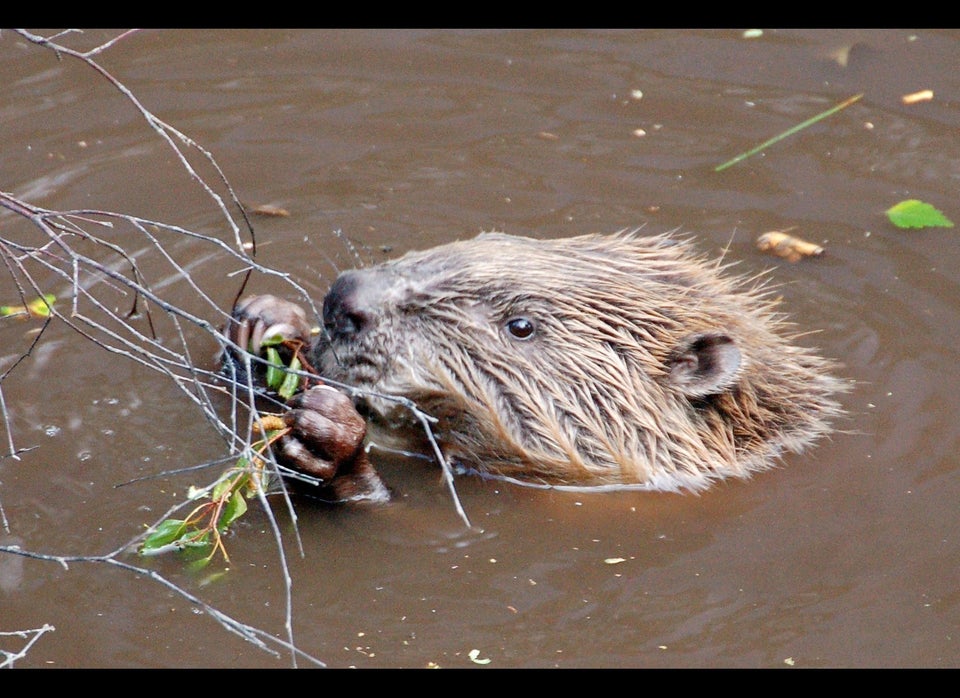
First it was pink slime. Then, it was crushed cochineal beetles in your favorite strawberry-flavored Starbucks drinks. Briefly, it was tuna scrape. And any day now, it's going to be meat glue.
More than ever before, it seems consumers are demanding to know what's in their food and why.
"I’m beginning to see now that consumers are pushing back," Michael Doyle, Ph.D., director of the Center for Food Safety at the University of Georgia, tells The Huffington Post. "They want more transparency. Pink slime was a great example. It wasn't whether the food was safe or not but, ‘Hey, they're putting ammonia in my ground beef, and I don't like that.'"
Understandable, considering ammonia is usually associated with household cleaners or fertilizers. But not liking ammonia in ground beef is entirely different from ammonia in ground beef hurting our health.
That said, the health concerns "may be moot," HuffPost blogger and director of the Yale Prevention Research Center David Katz, M.D., writes. "If people don't like the idea of eating it, it will go away."
This power of the public to make changes to Big Food has been largely fueled by blogs and social media, says Doyle. "Foodies and people who are maybe more purists in their food are more concerned, spending more time on the blogs," he says. "They use the blogs to get their perspective out and put pressure on the retailers, who put pressure on the processors."
Consumer safety organizations are also putting pressure on food processors. The Center for Science in the Public Interest (CSPI) is calling for improved food policies that promote sustainable food and changes to the food industry, according to executive director and HuffPost blogger Michael F. Jacobson, who noted that pink slime was a wake-up call to many Americans. "And they clearly didn't like what they saw," he writes.
But before big changes happen, there are likely to be more stomachs turned over other ingredients. "I want to say to people, if you were grossed out by pink slime, there's more to come,” CSPI staff attorney Sarah Klein told Cleveland.com.
"In pink slime, we are looking at a product that is unsavory, but not unsafe -- we don't have any evidence to suggest the ammonia treatment is dangerous," Klein said. "But the public outcry over this has illustrated a couple things: consumers want to know what's in their food, and the USDA needs to take a much closer look at labeling -- not just of ground beef, but of all labeling."
An overhaul of food labeling is most likely still a while off. In the meantime, consumers' increased curiosity into food production could result in a return to cleaner eating. "What I know best is that the foods best for health are generally not prone to any such adulterations," writes Katz, who suggests eating foods made from ingredients you have heard of, recognize as either a plant or animal and can pronounce.
Easier said than done, given how many processed foods have miles-long ingredients lists, many of which are surprising, scary or downright unnecessary.
That's why we wanted to take a closer look at what else is hiding in processed foods. While their origins may be less than tasty and their names hard to pronounce, they don't necessarily present any immediate health concerns, experts say. Still, we'd rather know when we're eating beaver.
"In general, I think most consumers will be shocked to find out what's really in their food," Bruce Bradley, food industry veteran and food blogger, tells The Huffington Post, "and even the savviest label readers may not truly understand what they're eating."
Click through the slideshow of gross-sounding food ingredients below, then tell us in the comments which surprised you the most.
Additional reporting by Kate Bratskeir.
For more on diet and nutrition, click here.
Flickr photo by _pdra – your everyday photographer
